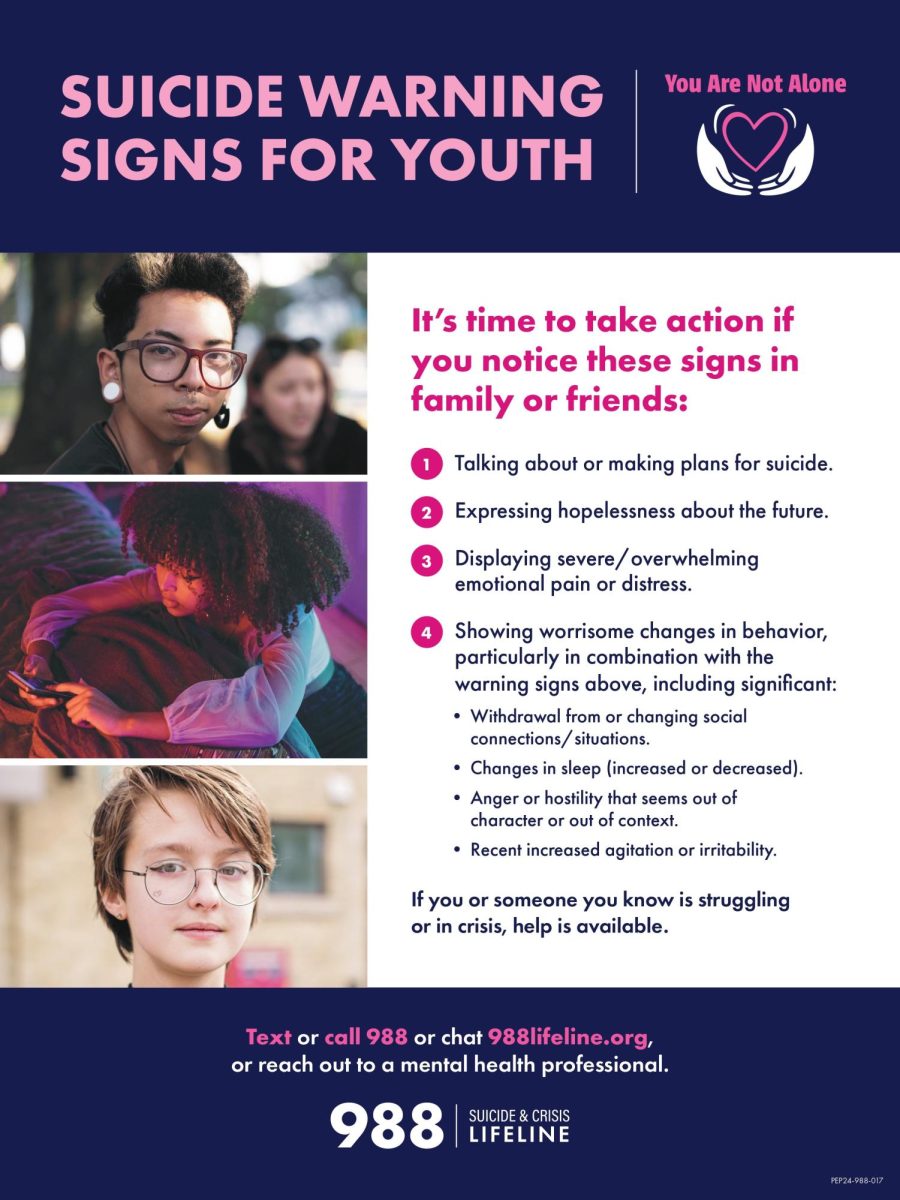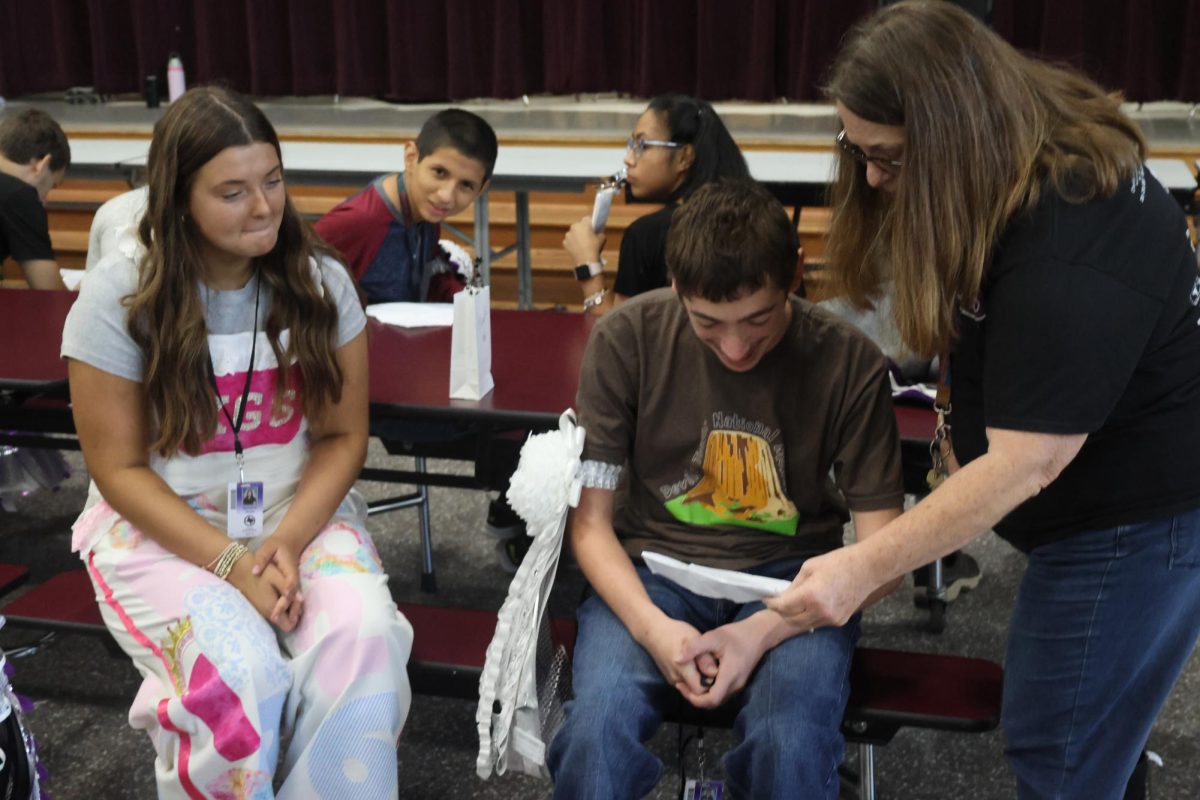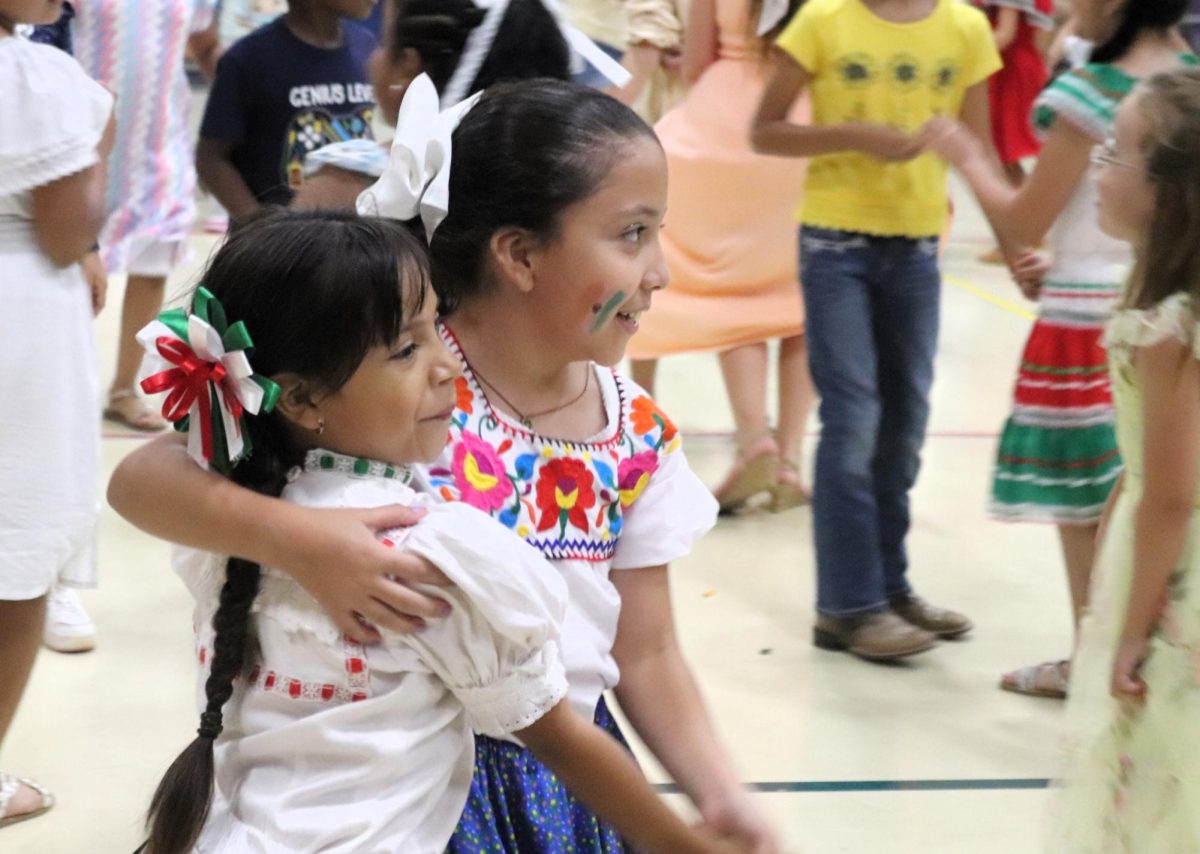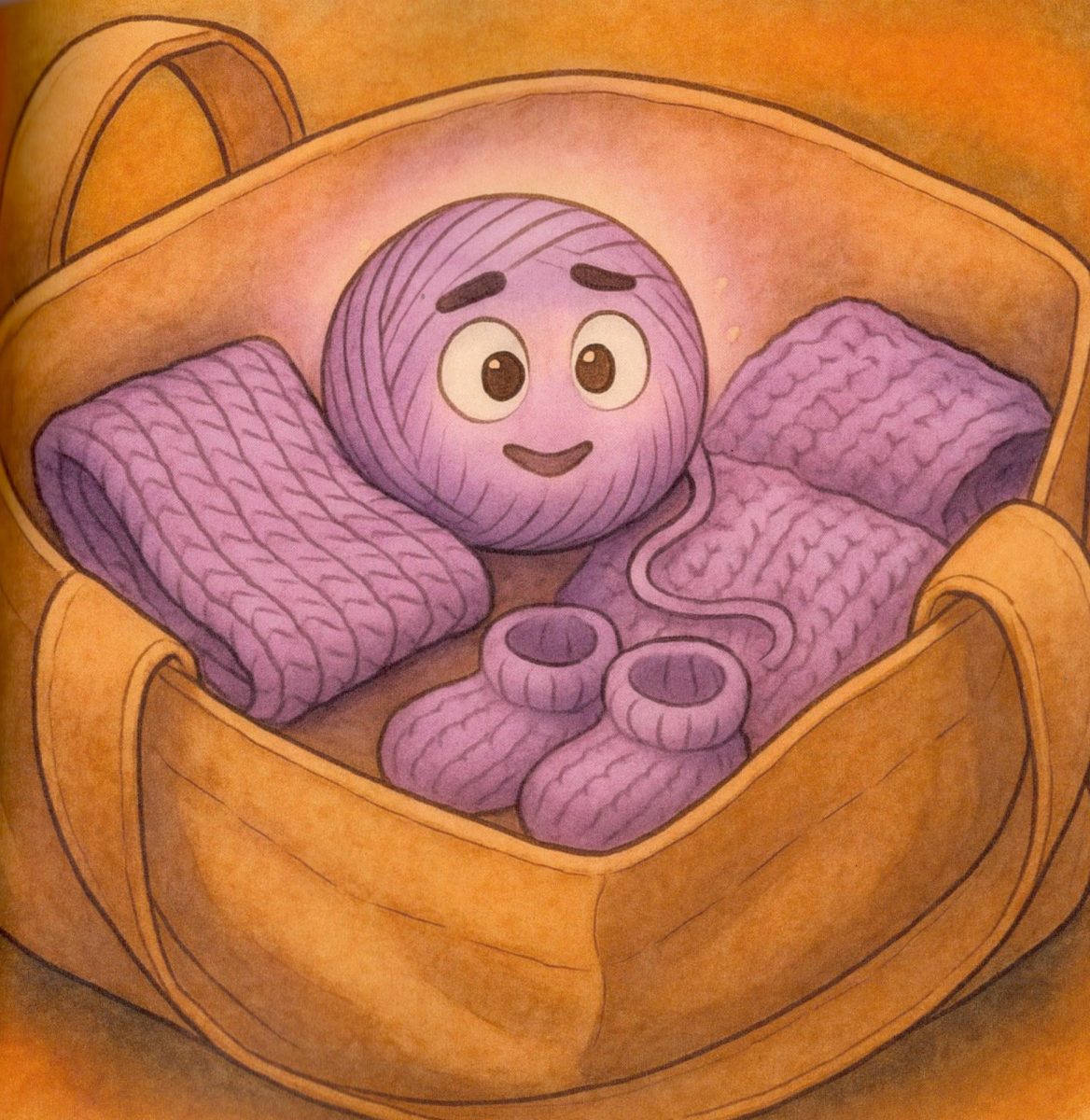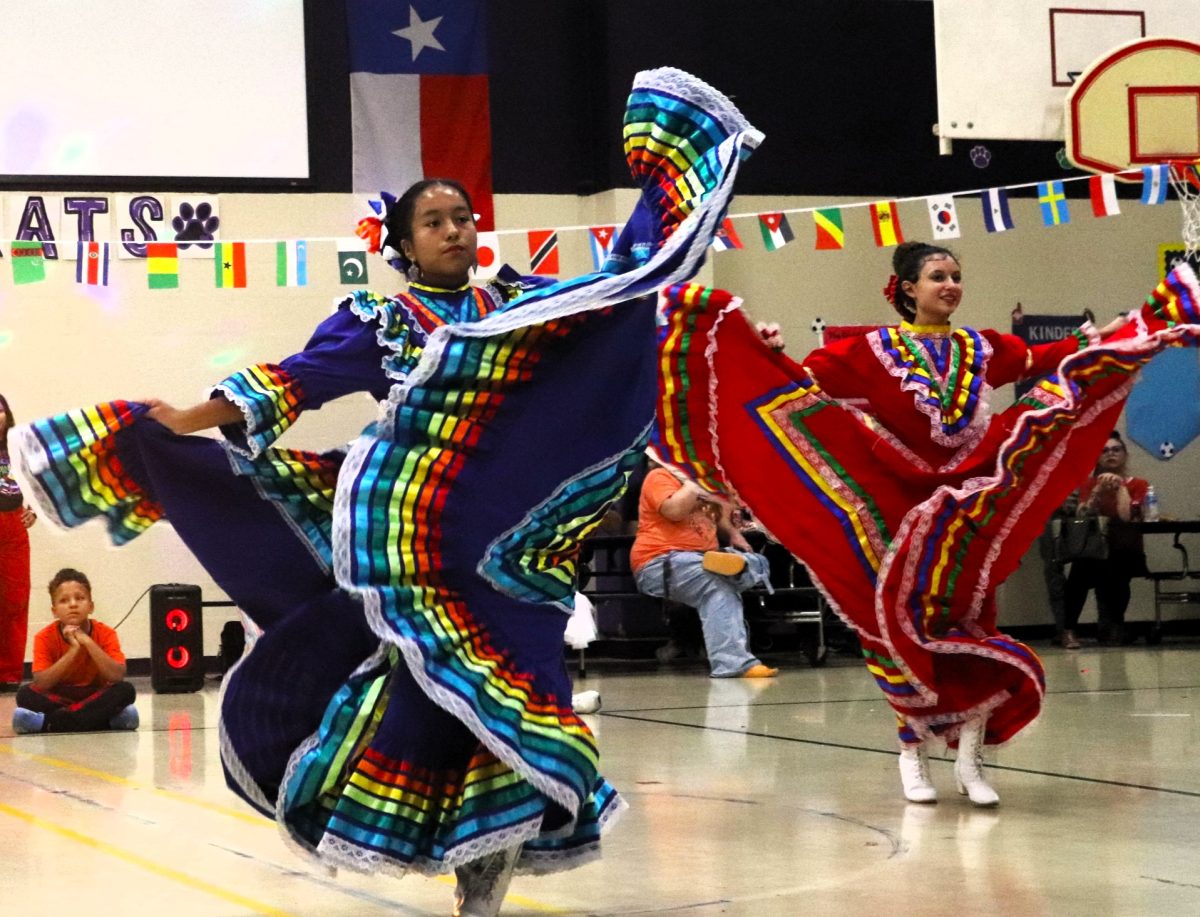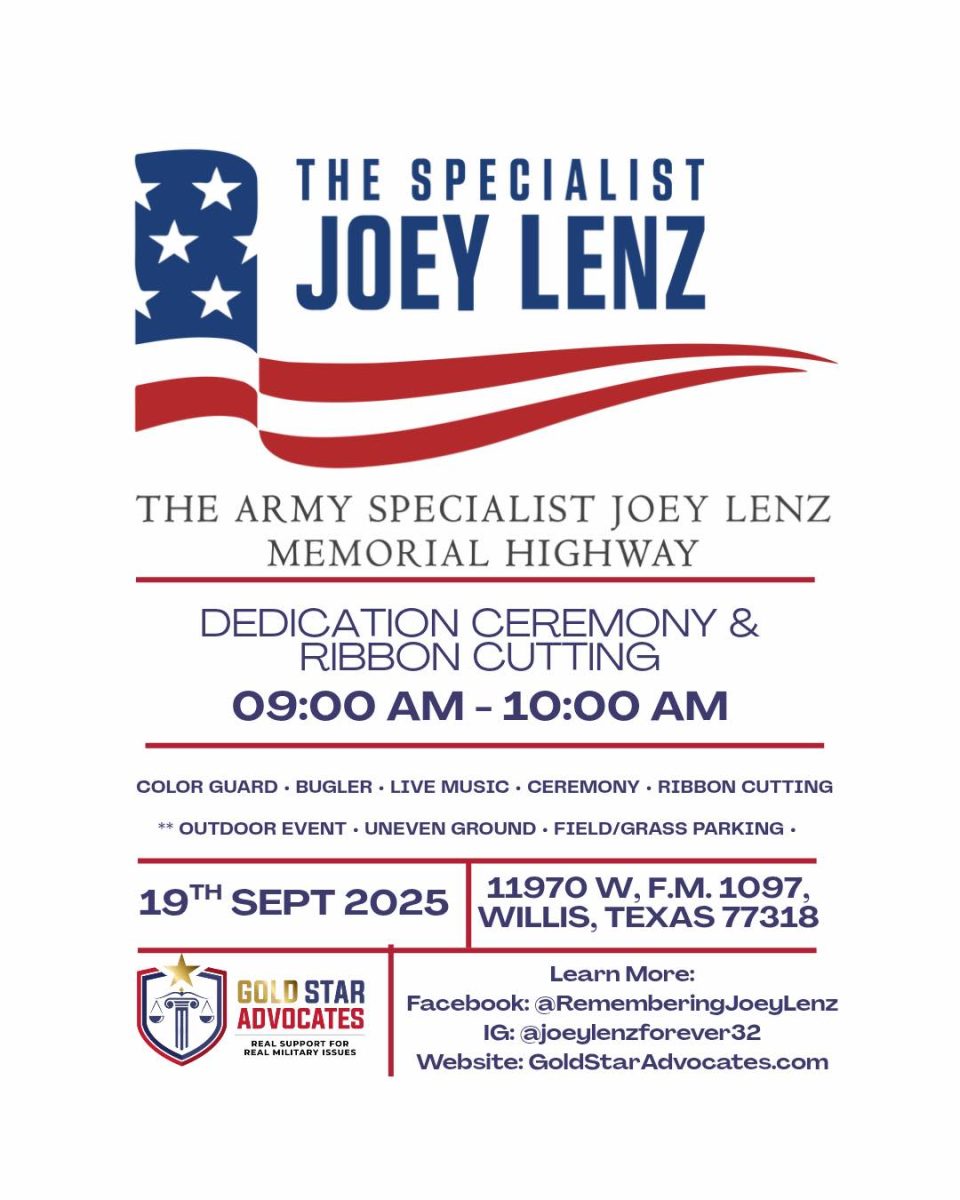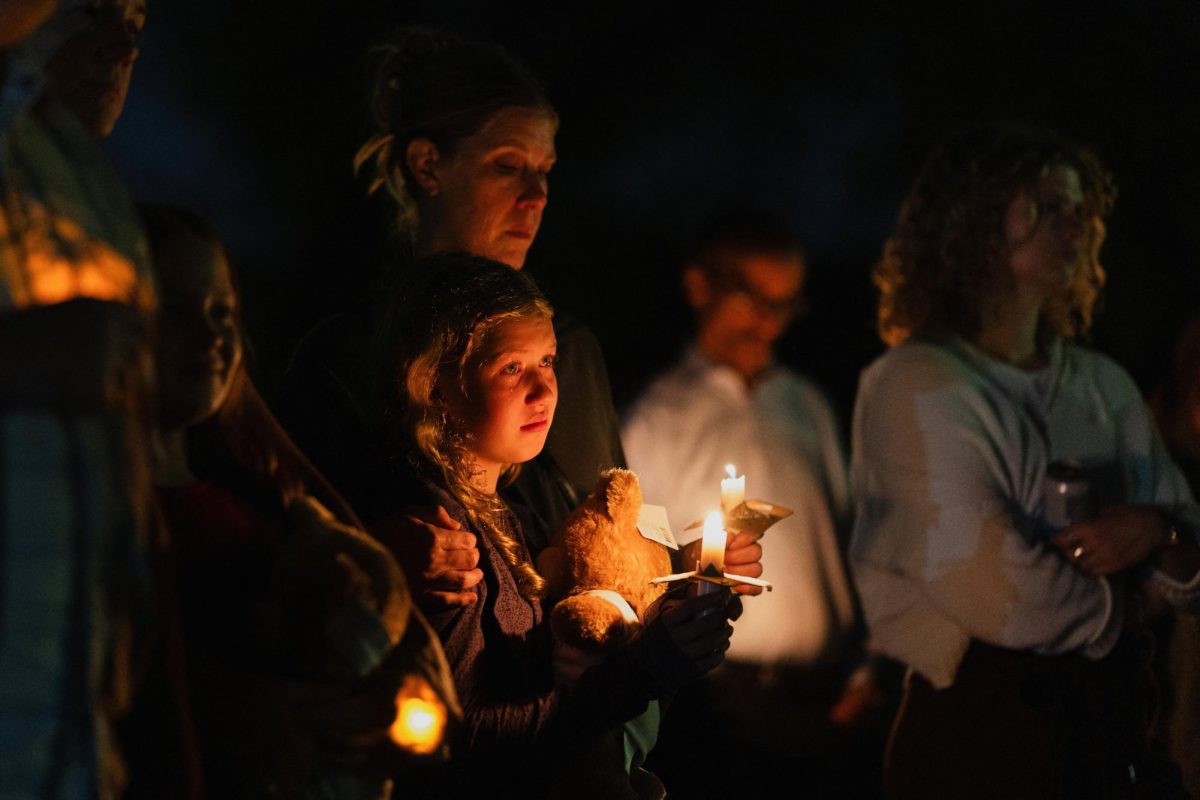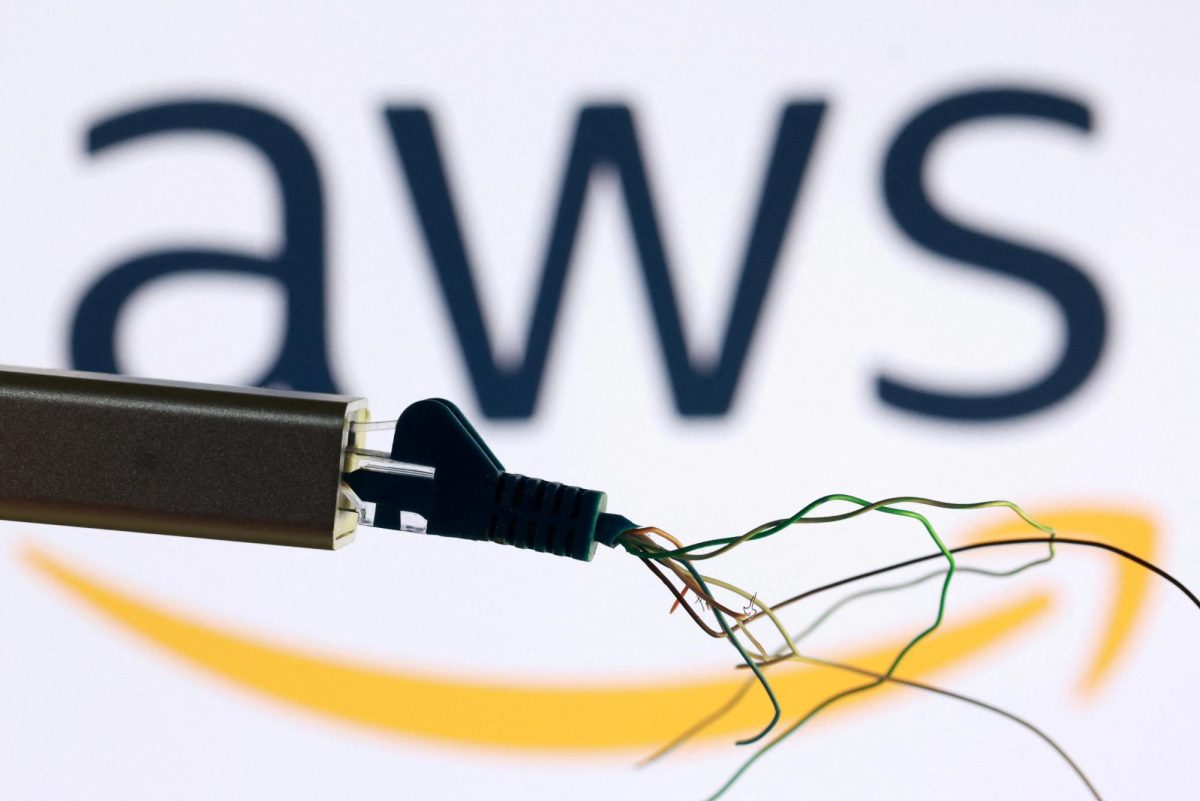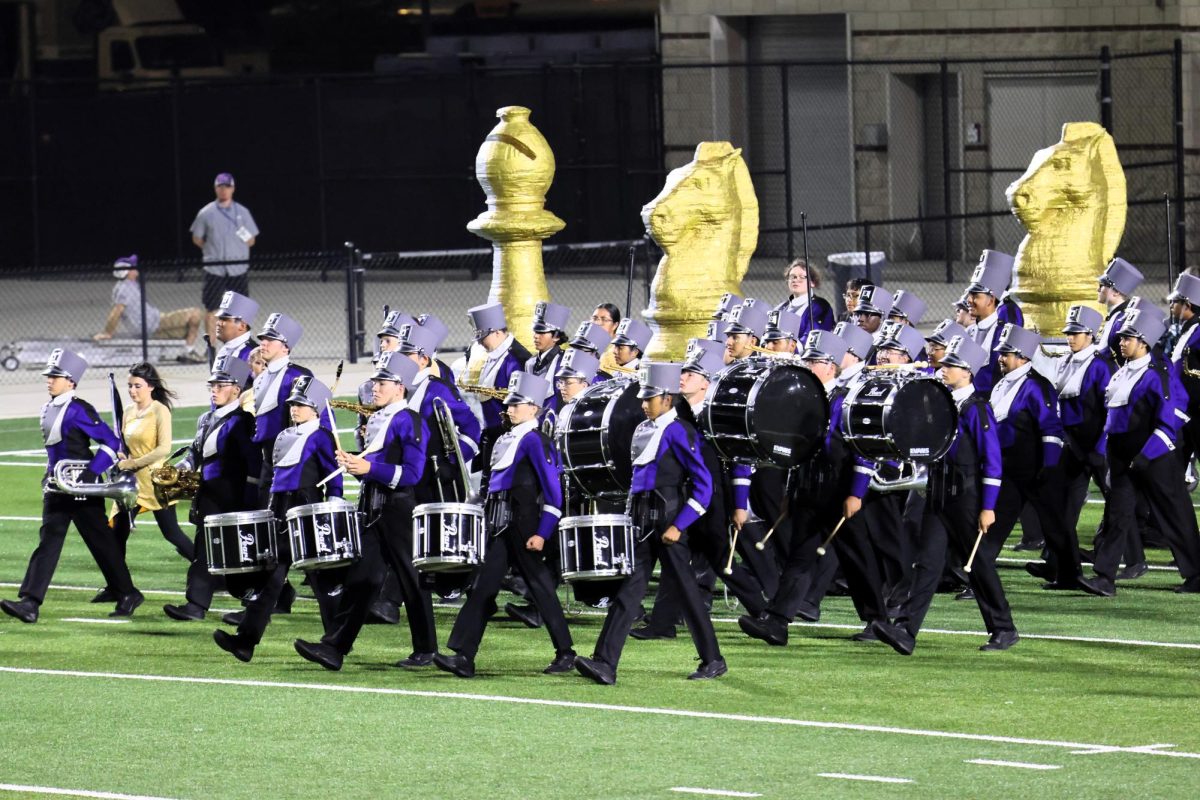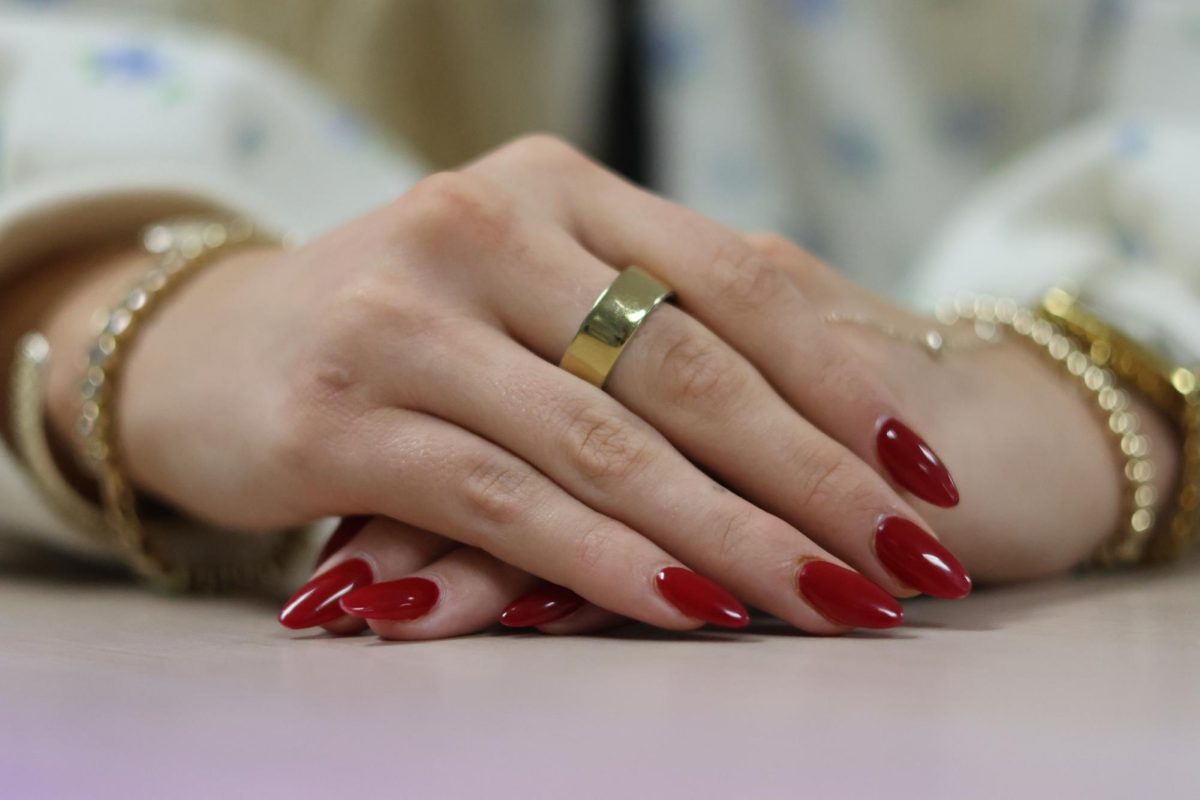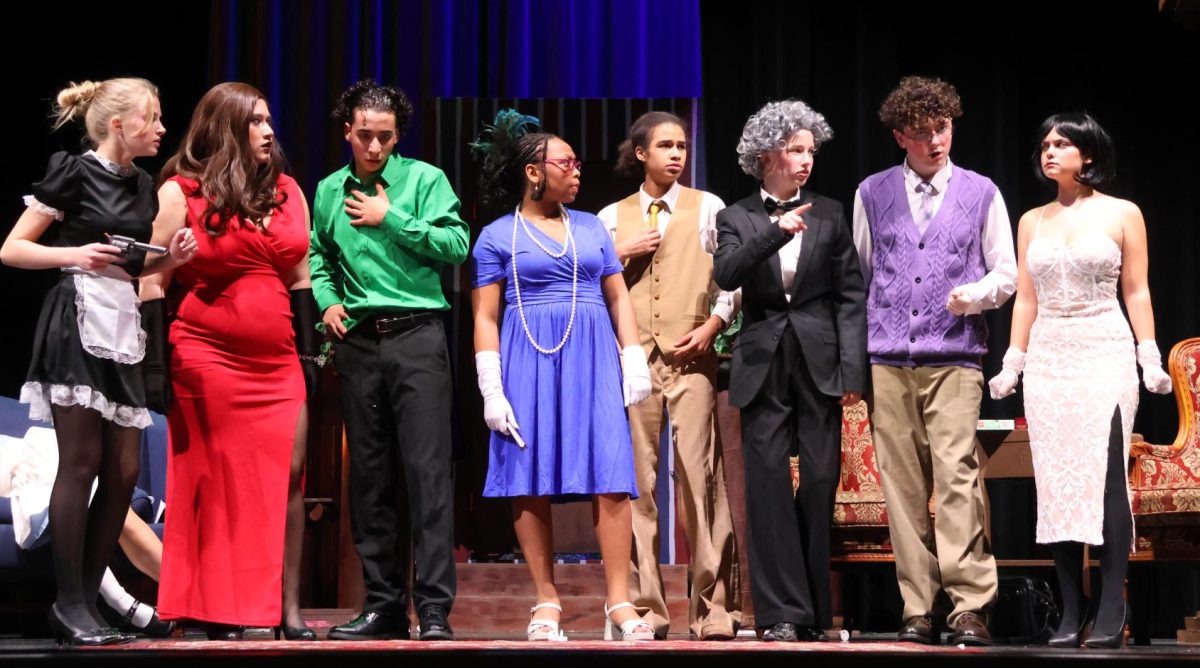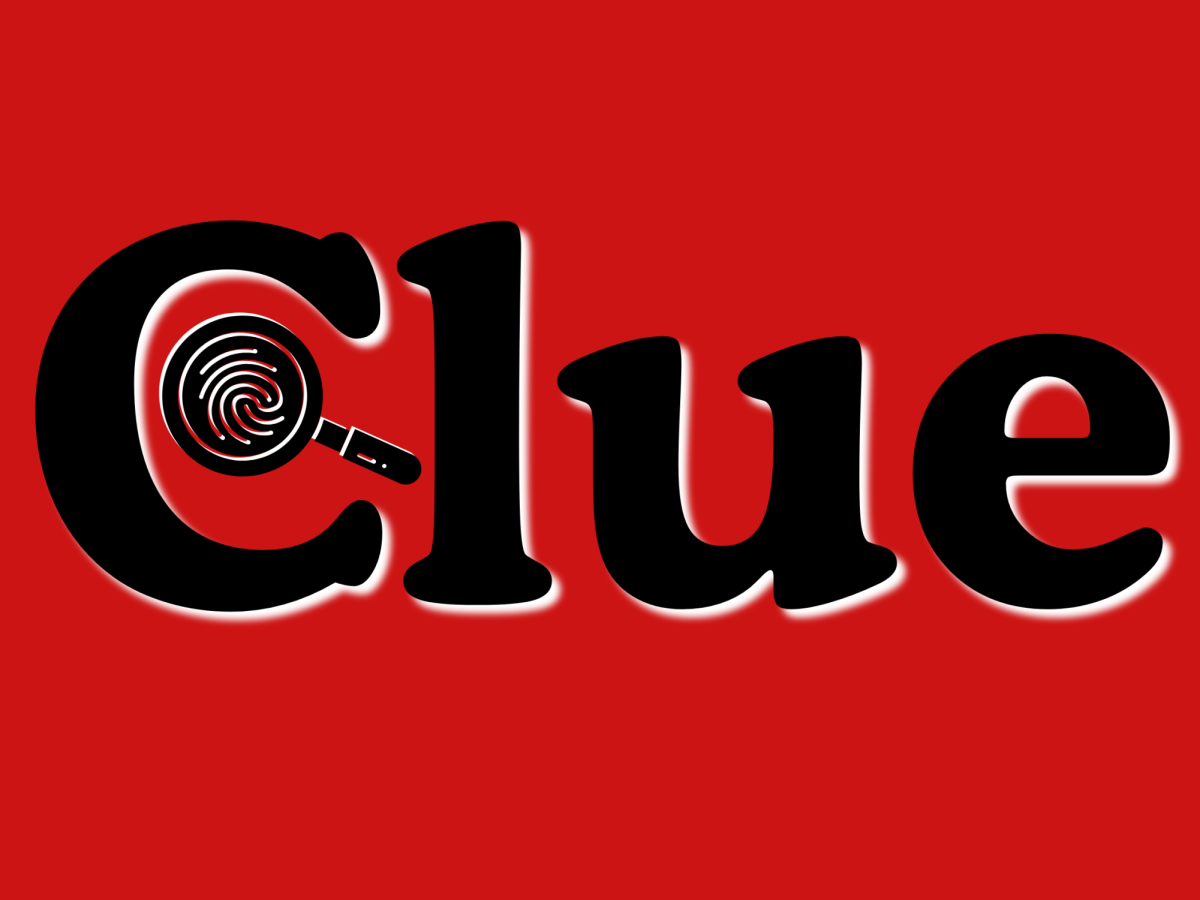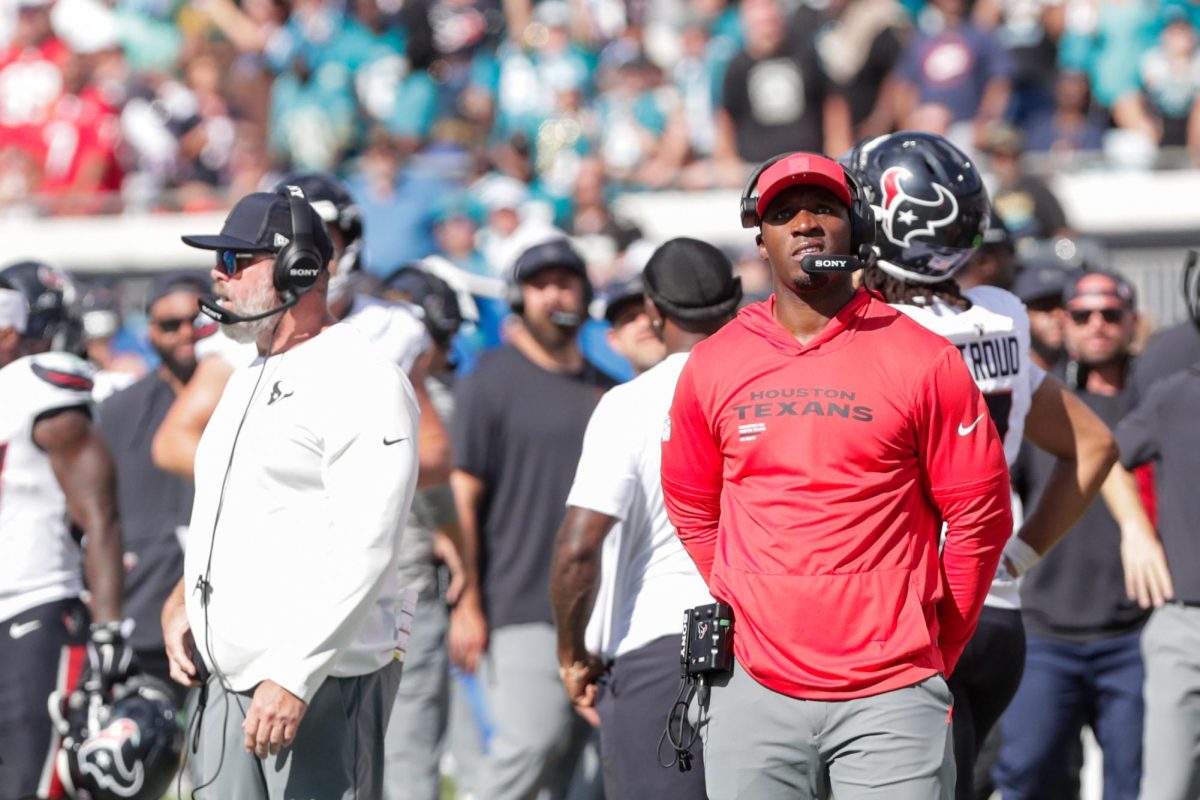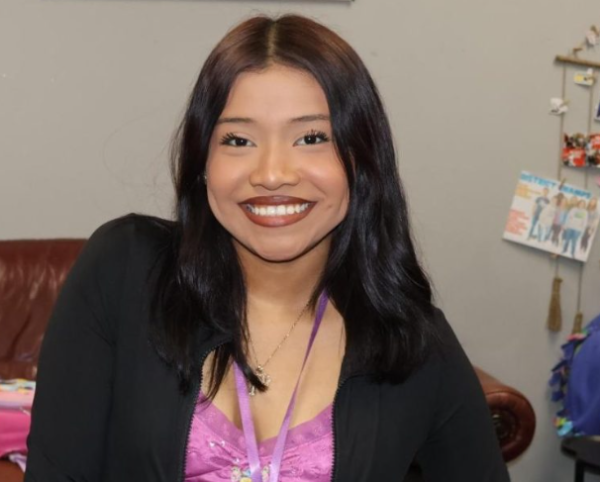Each September, the nation pauses to recognize Suicide Prevention Awareness Month, a time dedicated to breaking the silence surrounding one of the most devastating public health crises of the time. Behind every statistic lies a person, a family, and a community forever altered. The goal of this month is not only to remember those who have been lost but also to encourage hope, compassion, and life-saving conversations.
The counseling team will be visiting English classes starting Sept. 15th to deliver a presentation on suicide prevention. They will also be teaching students practical ways to check on a friend and support one another.
“After being around students for a few weeks, you can tell when they aren’t acting like their usual selves, and in those situations, I just pull them aside and ask if they’re doing okay,” history teacher Garrett Suttle said. “I make myself available to them, letting them know if they need to talk about anything, that I’m there if they need me, and I also make sure they don’t need to see their counselor, or maybe they just need a minute of solitude in the hallway.”
According to the Substance Abuse and Mental Health Services Administration (SAMHSA), suicide remains one of the leading causes of death in the United States, claiming more than 49,000 lives in 2022. That means on average, one life is lost to suicide every eleven minutes. For every death, there are countless more attempts and even more individuals silently struggling with thoughts of ending their lives. The National Alliance on Mental Illness (NAMI) reports that suicide is now the second leading cause of death among people ages 10 to 14 and 25 to 34. These sobering numbers highlight the urgency of awareness and prevention, particularly for young people.
“Students are aware of the mental health issues with each other, but are hesitant to seek help as they fear judgment,” junior Ryder Sciba said. “People often speak their mind when they shouldn’t, hurting a person’s self-esteem and curating the idea that those who are mentally ill are horrible people.”
Beyond the statistics are the heartbreaking stories of real lives lost. In 2010, Rutgers University student Tyler Clementi died by suicide after experiencing online bullying related to his sexual orientation, sparking nationwide conversations about cyberbullying and acceptance. In 2014, beloved actor and comedian Robin Williams shocked the world when his death by suicide revealed that even those who bring joy to millions can suffer in silence. More recently, the loss of fashion designer Kate Spade and chef Anthony Bourdain in 2018 reminded the public that mental health challenges can affect anyone, regardless of fame, success, or wealth. Their names serve as a reminder that suicide does not discriminate, touching every community and every walk of life.
“Some could hesitate to speak due to the fact that they could feel that no one really cares about what they have to say, making it feel like a burden to reach out,” junior Milagro Olivares said. “As well as the fact that not everyone is as open to difficult conversations/topics, making it hard to find anyone that’s compassionate enough to go through them and make students feel heard and welcomed when it comes to their mental health.”
The 988 Suicide & Crisis Lifeline, promoted nationally through SAMHSA and other organizations, exists as a vital resource in these moments of crisis. By calling or texting 988, individuals can immediately connect with trained counselors who are available 24 hours a day, offering support and guidance when it is needed most. According to 988lifeline.org, millions of calls have already been answered since the service launched in 2022, saving lives by giving people a place to turn when they feel they have nowhere else to go.
“I think social media definitely can be used to help this issue, but people instead use it to hurt others more,” senior James Ellis said. “It’s upsetting that this is our reality and that people choose to be a hurtful person instead of someone to help out.”
While awareness is growing, stigma remains a powerful barrier. Many people still hesitate to speak openly about mental health, fearing judgment or misunderstanding. That silence can be deadly. NAMI stresses the importance of simple but powerful acts—checking in on a friend, listening without judgment, and reminding others that they are not alone. Even a single conversation has the power to save a life.
“I think schools could work to be more proactive and provide groups that focus on student-led topics and target topics that affect a students mental health, like anxiety, feeling sad or down, overcoming grief, etc, school counselor Brittany Wheaton said. “Simple things like minute meetings with students during the 1st few weeks of school would provide data on who to pull for groups and then let the groups do the work.”
Suicide Prevention Awareness Month is more than a series of statistics or campaigns; it is a call to action. It is an invitation to replace silence with dialogue, shame with compassion, and hopelessness with support. Every candle lit at a vigil, every ribbon worn, and every phone call answered is a step toward change. This September, communities are reminded that while suicide is devastatingly real, so too is the possibility of hope, healing, and prevention.
“We must make sure that we check on one another, especially if we see something change about them,” business teacher Cheryl Gehovak said. “For the first time, I am participating in the Out of the Darkness Walk in The Woodlands on Nov. 8. We walk to raise awareness, remember our loved ones, and to remind those who are not okay that we need them to stay!”


